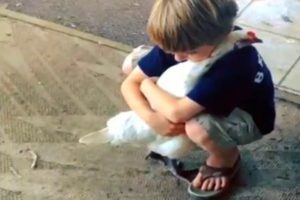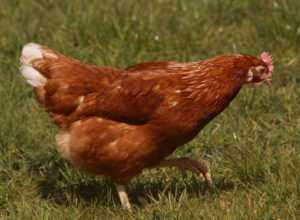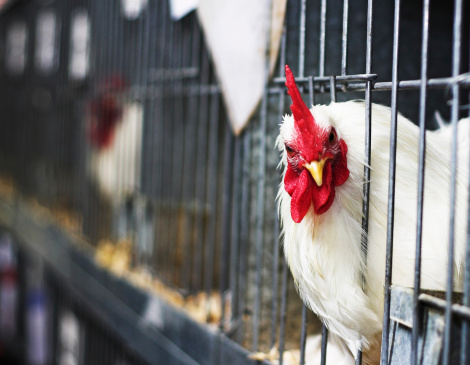October 14th, 2016. This is the day in which, all over the world, started the celebration of eggs.
About the atrocities to which hens and chicks of both sex daily go through, we have already discuss here: http://www.oipa.org/international/eggs-and-hens/.
Anyway, there are other aspects about these animals that the majority of people ignore.
- Chicken is the common name we use to describe the animal in picture 1. However, the binomial nomenclature is Gallus gallus domesticus o Gallus sinae.
- It is a domesticated bird, as well as the most common bird on earth.
- During the XX century, chickens were hybridized with different wild species. Mostly in order to get the male fatter in less time, or to obtain more productive laying hens.
- Chickens are not able to fly, even if the lighter can do it for short distances or to jump a fence or on a branch.
- Chickens can be divided in different races. There are many different ways in which is possible to classify them. The most common is surely according to the country of origin, anyhow other sorting are linked to the reason for which the animals are bred, according to the weight or the dimensions.
- Domesticated chickens have always been bred for different purposes: meat, eggs, feathers, cockfights, religious, sports or ornamental reasons.
- Chickens are omnivores. I mean, really omnivores: they do not go to the supermarket to buy packed worms. If they have the possibility to scratch about in a garden, they will look for worms and other insects, hunt them and finally eat them. Moreover, they enjoy seeds.
 A peculiarity of this animal is that it swallows sand, small stones and mineral grains. This instinctive behaviour is because chicken have no teeth, so this small debris helps the animal’s digestion.
A peculiarity of this animal is that it swallows sand, small stones and mineral grains. This instinctive behaviour is because chicken have no teeth, so this small debris helps the animal’s digestion.
- In nature, chickens may live from five up to 11 years, according to the race. The oldest chicken died, according the Guinness World Record, at the extraordinary age of 16 years.
- Chickens are gregarious birds, which means they live in groups and are able to distinguish between family members and unrelated individuals. Some hens behave like dominant, establishing a clear “pecking order”. In consequence, these hens enjoy priority access to food and to the choice of the place to nest. Take away a rooster or a hen from the group means to destroy the hierarchy, and this imply that the remaining elements will seek a way to escape from the disorganization. Otherwise, the addition of new individuals, especially if young, to a pre-established group can lead to aggression or violence.
 Ok, maybe the first three or four information are just technicalities… I mean, who really cares about the Latin name of the chicken? That’s right.
Ok, maybe the first three or four information are just technicalities… I mean, who really cares about the Latin name of the chicken? That’s right.
Indeed, the real aim was thinking about how animals that realize complex hierarchical structures must feel when imprisoned in tiny cages, with their beak cut, without the possibility to feel the love of the mother hen, to enjoy the warmth of the sun, the breeze on the feathers or to walk in the grass…
When the death is the only painkiller available for animals, this means that something in our society went deeply wrong. And it is our duty to fix what is wrong. Together is possible.
Give a chance to the future: GO VEGAN.
Learn more: http://www.oipa.org/international/veg/




